Borromean Islands, what to see: the 5 must-see stops
The Borromean Islands are a daydream just a stone’s throw from Milan. The Borromean Islands are the most resplendent jewel of Lake Maggiore, a unique place in terms of nature as well as history and culture, a destination for many tourists every year. Isola Madre, Isola Bella, Isola di San Giovanni, Isola dei Pescatori and Scoglio della Malghera are the names of these little corners of paradise suspended between the clear waters of the lake and the austere profile of the mountains. Each of the Borromean islands is a treasure chest of artistic and natural treasures just waiting to be discovered. The name of the archipelago dates back to the 14th century when the islands became the property of the Borromeo family, which still owns Isola Bella, Isola Madre as well as the three emerged rocks of Castelli di Cannero where the ruins of ancient fortifications are located. Of all the islands, only Isola dei Pescatori is permanently inhabited, but it is mainly the other two islands that attract the attention of travelers for the magnificent palaces and superb gardens they house. On Isola Madre you can also find a large fauna of oriental birds, such as white peacocks, golden pheasants and free-roaming parrots, while on Isola Bella the garden is famous for hosting multicolored blooms all year round including roses, orchids, bulboses, magnolias, orchards, azaleas, gardenias, wisteria and much more. Here are the five must-see stops on your journey to discover the Borromean Islands.
1. Borromeo Palace on Isola Bella
Until 1630,Isola Bella was a rock inhabited by fishermen, with two small churches and a few vegetable gardens. The Borromeo family from the first two decades of the 17th century thus decided to initiate a grandiose project that led to the creation of the palace and garden. Today about 400 meters offshore from Stresa stands this masterpiece of 17th-century architecture and engineering. Palazzo Borromeo almost seems to rise directly from the waters of Lake Maggiore, which it literally dominates with its 80-meter-long facade. The majestic building has a T-shaped plan with the hall of honor in the center, which is spread over two floors and is covered with a dome. Inside you can stroll through lavishly decorated and furnished rooms where even Napoleon Bonaparte stayed in 1797 and admire paintings and tapestries by great artists including those by Pieter Mulier, known as the Tempest, as well as copies by Raphael, Correggio and Guido Reni. Also not to be missed are the botanical gardens housing an incredible variety of exotic plants and characterized by the large upper amphitheater.
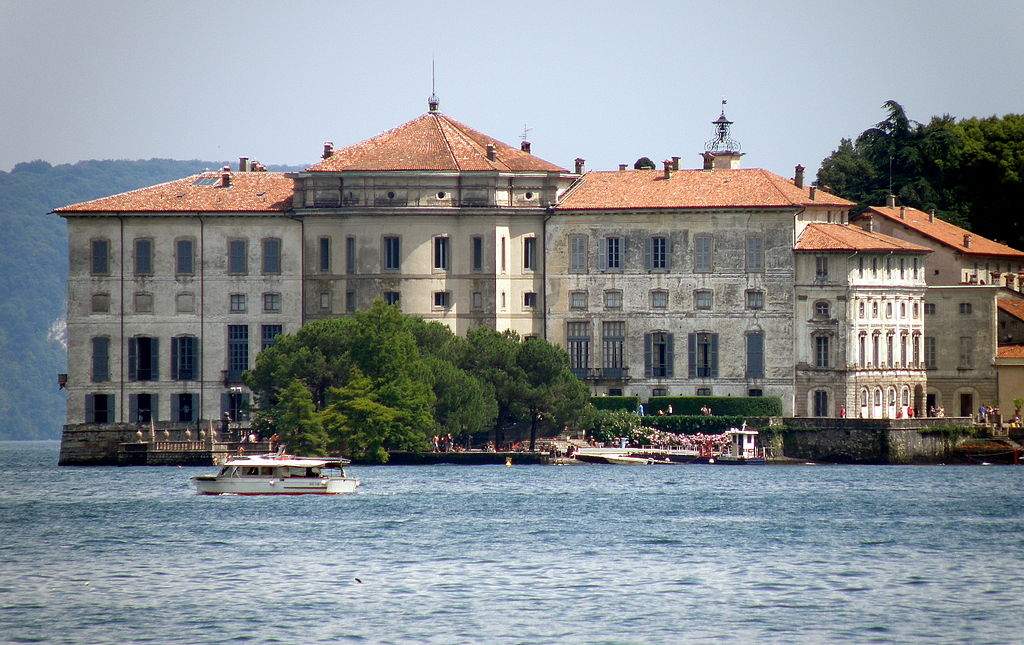
2. Borromeo Palace on Isola Madre
Elegant and understated, the Borromeo palace on IsolaMadre gathers inside tapestries, furniture and paintings from various historic residences that the family owned in Lombardy. Among the most important rooms of this large building in late 16th-century taste are certainly: the Reception Hall, the Hall of Seasons, the Venetian Drawing Room, the Library, the Hall of Battles and the Hall of Popes. Everywhere, from the loggias and large windows, it is possible to catch suggestive glimpses of the lake and the botanical park. The latter, moreover, is the great protagonist of Isola Madre, a magical place that even Gustave Flaubert called “the most voluptuous place in the world.” That of Isola Madre is a botanical garden unique for its rare plant essences from all over the world. Continuous blooms continually renew the corners of the park: from magnolia groves to bamboo groves, from fragrant wisteria arbors to citrus espaliers, from parterres of ancient camellias and rhododendrons to pools overflowing with water lilies and lotus blossoms. Eucalyptus, palm and banana trees coexist with the collection of conifers and maples. Rounding out the picture are colorful birds that live in perfect freedom in the park.
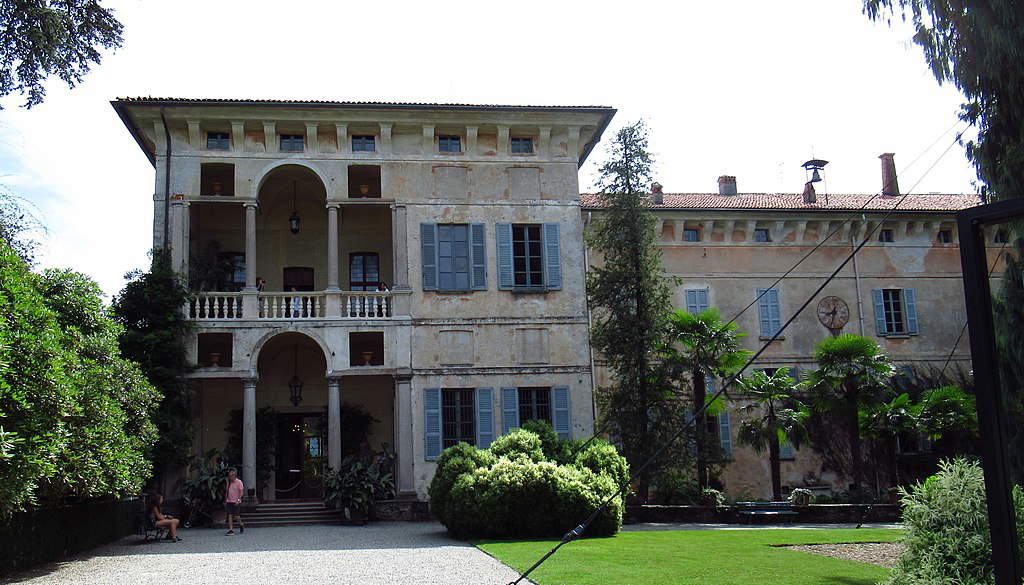
3. Village of Isola dei Pescatori
Off the coast of Stresa is the only permanently inhabited island in the Borromeo archipelago.Fishermen’s Island, also known as Upper Island, still preserves intact the atmosphere and traditions that the people of the lake hand down from generation to generation. Isola dei Pescatori has been inhabited since ancient times and is still characterized by the presence of a small village with a truly unique charm. Particularly characteristic is the style of the houses that make up the town center, which are invariably multi-story with long balconies used for drying fish. The center is then a succession of narrow alleys from which a small square is reached. More touristy, finally, is the lakefront, the main street to be traveled strictly on foot and from where one can reach not only palaces and churches, but also many places where one can taste the products of the lake. Fishing, after all, as the name of the island itself says, is still one of the main activities here, and there are many fish specialties to be tasted in the many lake-view restaurants.
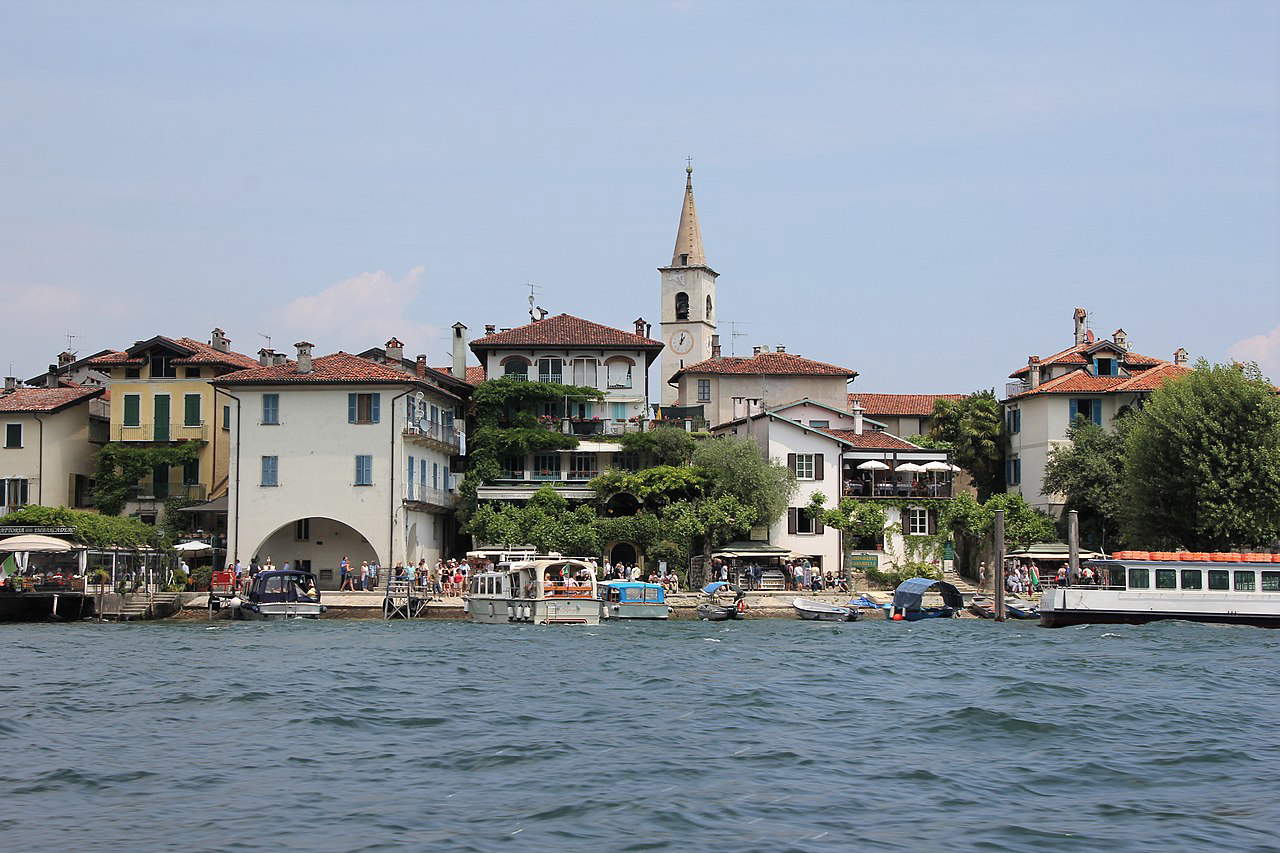
4. The church of San Vittore on Fishermen’s Island.
What was originally little more than a simple chapel has grown and gentrified century after century and is now one of the most visited places in the entire archipelago. The church of San Vittore on Fishermen’s Island surprises travelers engaged in discovering the wonders of the small village here, hidden among the tall houses with characteristic balconies is a small square that houses the church. The building that can be admired today has a late seventeenth-century appearance, but its origins are much older and one can still see the various passages that have followed one another over the centuries starting at least from the eleventh century. The interior of the church is striking and is characterized by three blind arcades, decorated with rows of bricks and lit by three windows. Also very beautiful are a 16th-century fresco depicting St. Agatha and several canvases dating from the 18th century. Not to be missed, at mid-August, is the charming procession during which the statue depicting the patron saint is carried around the islands by boat. Finally, characteristic is the small market selling local handicrafts located a short distance from the church.
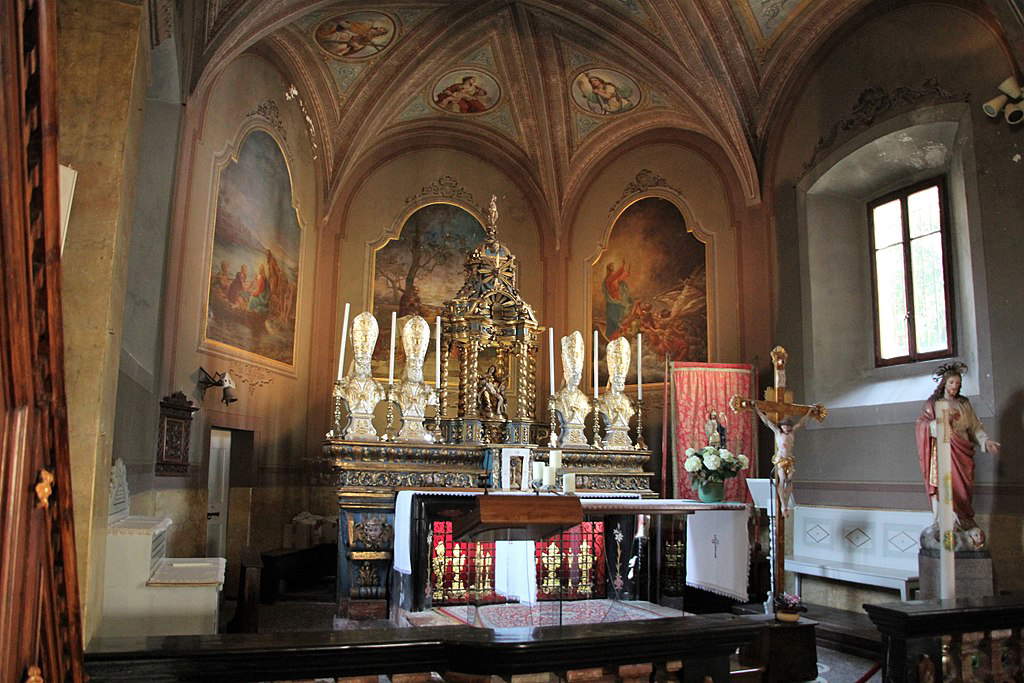
5. The Village and Garden of Isola Bella
Isola Bella is a magnificent example of how the creativity and skills of great artists, craftsmen, architects and engineers can transform even a simple rock into a magical place. Until 1630 Isola Bella was a rock inhabited by fishermen since then, however, work to change its appearance never stopped until 1948 when with Vitaliano IX Borromeo the Salone Nuovo, the northern facade and the large pier were built. The Borromeo palace occupies a prominent part of the island and preserves great treasures all to be discovered, not to be outdone, however, is the experience of walking around discovering the old houses in the village and, above all, discovering the wonders of the garden. The greatest example of Italian Baroque, the Isola Bella garden was built from about 1631 to 1671 and consists of ten terraces that literally burst into a different color with each bloom. Statues, obelisks and fountains blend perfectly with the vegetation of the ten scenic terraces, on the top of which stands the statue of the Unicorn, the heraldic symbol of the Borromeo family.
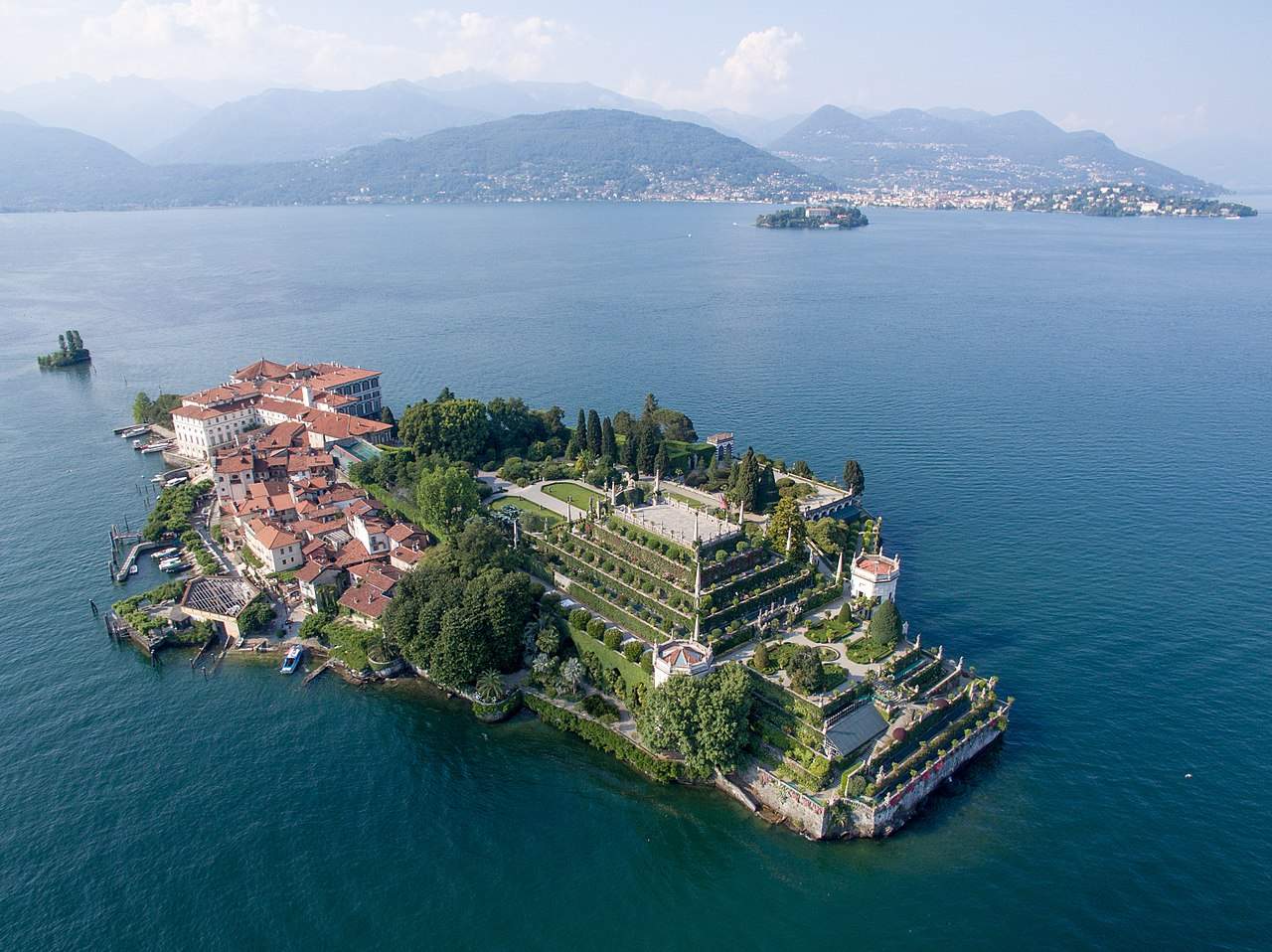
 |
| Borromean Islands, what to see: the 5 must-see stops |
Warning: the translation into English of the original Italian article was created using automatic tools. We undertake to review all articles, but we do not guarantee the total absence of inaccuracies in the translation due to the program. You can find the original by clicking on the ITA button. If you find any mistake,please contact us.





























